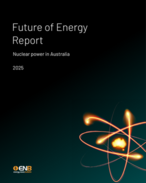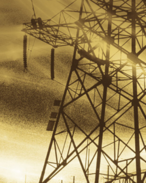This article is 18 years old. Images might not display.
The NGF maintains that major cuts in greenhouse emissions will require a range of approaches including the possible implementation of carbon capture and storage technology known as geosequestration.
Coal provides over 56% of Australia’s electricity generation and will continue to be the major supplier to this industry for many years to come.
In a carbon constrained world, electricity prices would rise significantly for all consumers due to the higher capital and operating costs of lower or zero emitting technologies.
“The NGF notes that viability is an issue and people must not lose sight of the need to maintain Australia’s competitive advantage through continued access to cheap electricity,” the House of Representatives said.
“Both the pre- and post-combustion capture technologies will require vast amounts of capital to set up a fully integrated commercial system.”
The House of Representatives said the NGF will discuss their approach at the hearing, including the need to put in place a nationally consistent legal and regulatory framework for carbon capture storage activities.
Education, Science and Training Minister Julie Bishop has requested the committee inquire into and report on the science and application of geosequestration technology in Australia.
In doing so, Bishop has asked the committee to especially focus on:
The National Generators Forum represents the 21 major power generators in the national electricity market.
The public hearing into the science and application of geosequestration by the House of Representatives Science and Innovation Committee will take place in Canberra on Monday December 4. It will be webcast live on http://webcast.aph.gov.au/livebroadcasting/






















